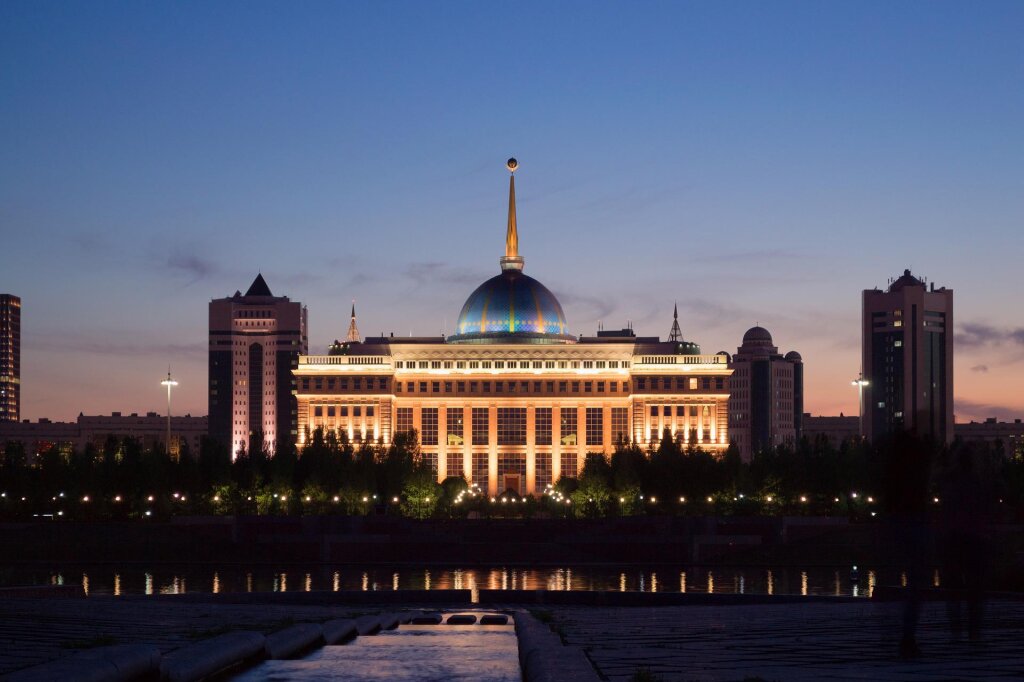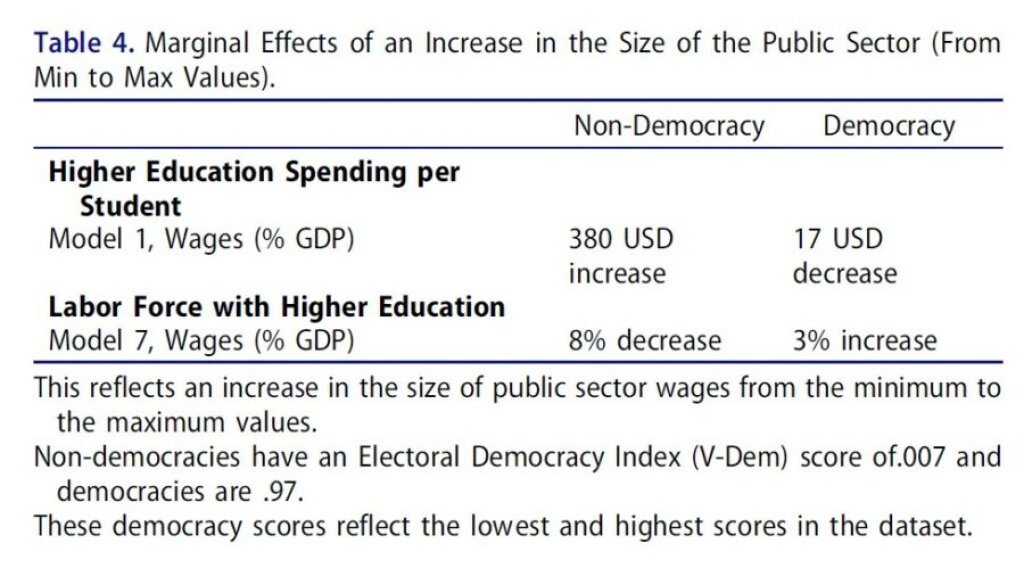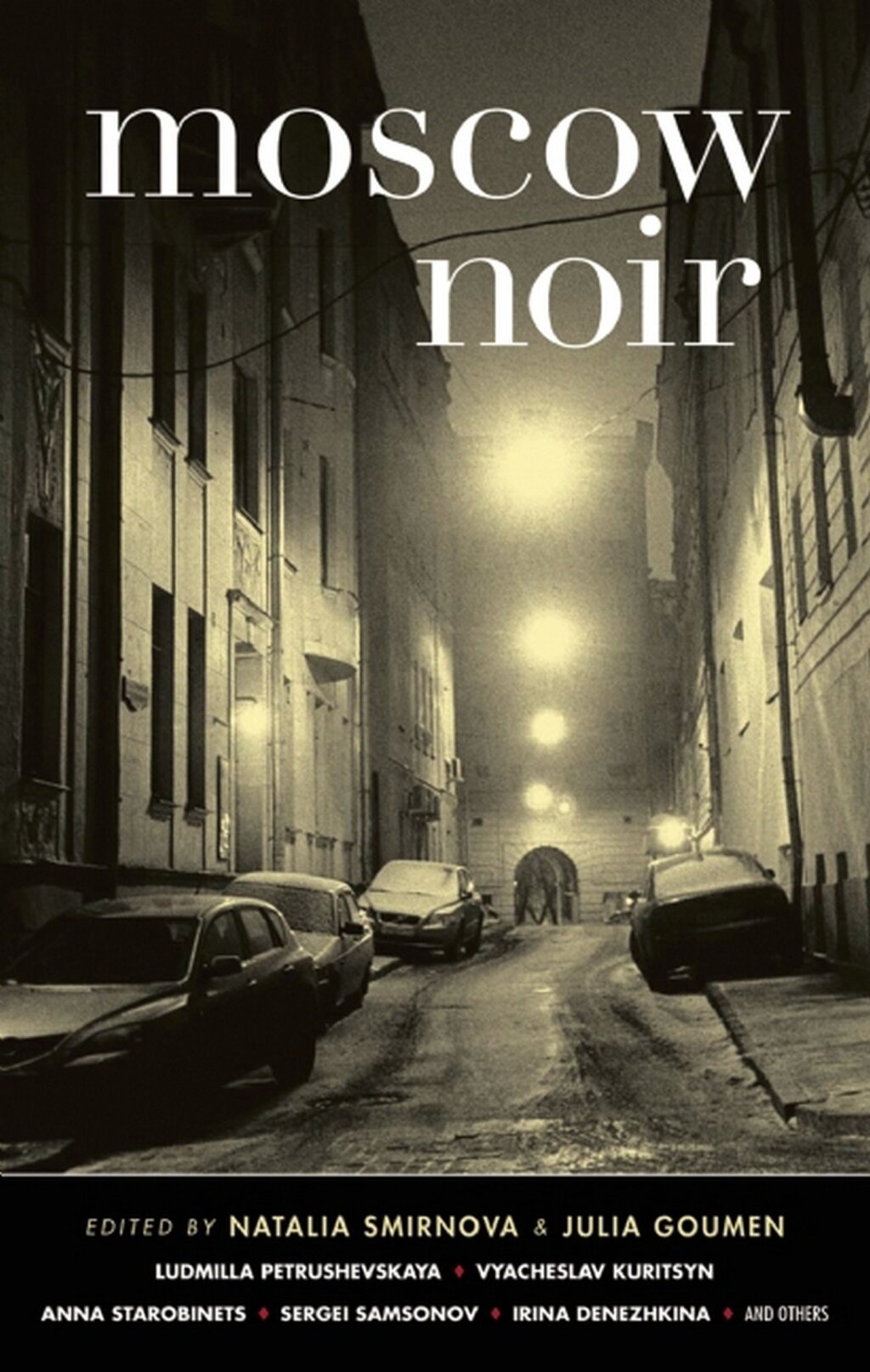The Jordan Center stands with all the people of Ukraine, Russia, and the rest of the world who oppose the Russian invasion of Ukraine. See our statement here.
This essay is adapted from a longer article that first appeared in Problems of Post-Communism.
Margaret Hanson is an assistant professor in the School of Politics & Global Studies at Arizona State University, specializing in the political economy of law, property rights, and governance in Central Asia.
Sarah Wilson Sokhey is an Associate Professor of Political Science at the University of Colorado Boulder specializing in the political economy of post-communist countries.
The post-Soviet world was increasingly undemocratic even before Russia’s expanded invasion into Ukraine in 2022 solidified the authoritarian trend. This authoritarianism coincided, however, with improvements in some social services, both within Russia and in surrounding countries like Kazakhstan. Higher education, in particular, was an area in which we saw dramatic state investments in the late 1990s and early 2000s. Why did these increasingly authoritarian regimes invest in social goods and especially in higher education, a public good that—from an authoritarian perspective—can be a mixed blessing?
Higher Education as a Double-Edged Sword
Higher education is a popular form of public spending, particularly among the middle and upper classes, who disproportionately benefit from it. Typically, it helps to foster economic growth and development by improving a country’s human capital. Economic performance can, in turn, legitimate authoritarian rule.
For authoritarian regimes, however, investing in universities also poses a risk. Cultivating a robust system of higher education may facilitate the development of a middle class and politically active youth movements that may be inclined to advocate for democracy. Universities can also be a convenient focal point for collective action and protest against authoritarian rule, as the 2019 student-led protests in Hong Kong demonstrated.
In other words, better higher education offers potential economic benefits, but also empowers young middle-class students who might organize to topple a dictator. What, then, explains when and why authoritarian leaders choose to invest in higher education?
Our research highlights the importance of two factors: the size of the public sector and whether higher education money is targeted to a smaller, elite group of students. We found that if higher education is geared toward training workers for state-sponsored industries, it may actually help consolidate support for the regime. State-controlled education that directs its graduates toward the public sector may actually undercut pressures to democratize. Rosenfeld (2021) shows that the middle class does not push for democracy when it relies on an autocratic power for jobs and social benefits.
Authoritarian leaders may also be using higher education to benefit a small group of current or potential future supporters. They could spend the same amount on higher education as democratic leaders, but to the benefit of a smaller group of students. In this case, the risk of encouraging opposition by funding higher education should be quite low.
Global Trends and the Kazakh Case
We offer two kinds of evidence that autocrats are most likely to benefit from investing in higher education when the public sector is large and the population is therefore more economically dependent on the state. First, we examine cross-national patterns in spending on higher education in democracies versus autocracies. Our results suggest that the size of the public sector influences the decision of authoritarian leaders to spend more on higher education per student. Moreover, these results hold even after accounting for major alternative explanations, such as post-communist legacy or a country’s level of resource wealth, and draw on significant variation among cases.
We then turn to the Kazakh case to better elucidate the causal process by which authoritarian governments make decisions about higher education. Kazakhstan was ruled by a single leader, President Nursultan Nazarbayev, from its independence from the Soviet Union in 1991 until he resigned in the spring of 2019.
During Nazarbayev’s rule, Kazakhstan was characterized by a large and growing youth population. This “youth bulge” increased pressure on the regime to maintain high levels of economic growth to support its growing labor force, while the ongoing demographic shift attracted official concern. The Kazakh case thus presents an opportunity to examine investment in higher education where it is most risky—that is, where it empowers those most likely to challenge the regime.
Kazakhstan dramatically increased its absolute spending on public higher education while Nazarbayev was in power. In line with our argument, however, much of that spending was directed toward a narrow slice of the broader population of university programs and students. A large proportion of funds supported just two key programs in higher education: the Bolashak program, which provides full scholarships for students to attend universities abroad, and Nazarbayev University, designed to be the country’s new flagship university.
Qualitative evidence suggests that, although they were framed by the regime as programs designed to bolster broad-based economic development, in reality, these programs had requirements that inherently tilted the playing field in favor of more elite and upper-middle-class families. In addition, in line with our argument that spending on higher education is likely to benefit a small group of supporters, the programs garnered criticism for benefiting children of influential families rather than gifted students.
In the same vein, close to 58 percent of Bolashak recipients at the time of writing worked in the government and in quasi-governmental organizations, with another 1.5 percent working for national (state-owned) companies. This far exceeded the approximately 31 percent who found employment in the private sector or other types of organizations.
In other words, while the Kazakh government emphasized the need to invest in education for economic development, in practice, many of these efforts also appeared either to constitute a pathway to the civil service, or to directly and disproportionately benefit elites and the upper middle class.
The main lesson of our research is that authoritarian leaders use public goods to build support and stay in power. Higher education can be a tool to reward regime supporters, including those who can be co-opted through state employment into a large public sector. In the end, even public goods are not public when democracy is absent.




